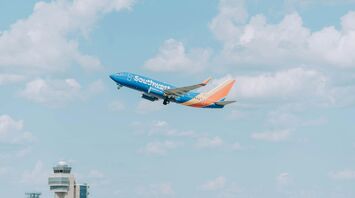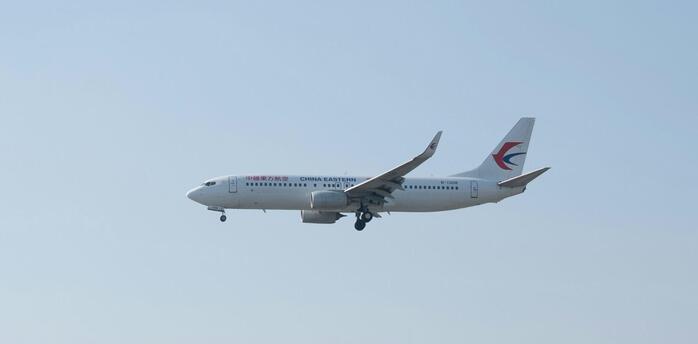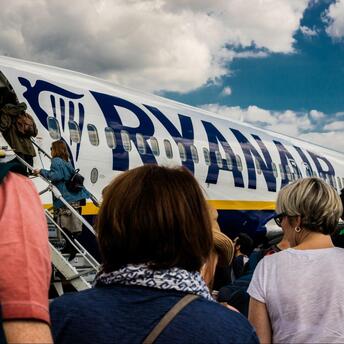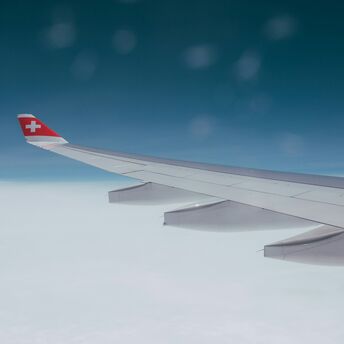FAA Investigates Southwest 737 MAX Incident After Near Mach 1 Scare

The Federal Aviation Administration (FAA) has launched an investigation into a Southwest Airlines Boeing 737 MAX 8 flight on May 25, following a severe incident involving a Dutch Roll. The aircraft, with registration N8825Q, was en route from Phoenix to Oakland, carrying 175 passengers at the time of the event.
At an altitude of 32,000 feet, the aircraft encountered an out-of-phase oscillation, which caused simultaneous yawing and rolling motions. This behavior is similar to a car sliding on ice and trying to correct its trajectory unstably. Despite the challenging situation, the flight crew managed to regain control and landed the plane safely on runway 30 at Oakland International Airport approximately 55 minutes later.
The incident resulted in substantial damage to the aircraft's standby power control unit, a critical component for maintaining directional stability as it serves as a backup to the main power control unit. This damage has led the FAA to classify the event as an accident. The flight recorder data revealed extreme G loadings ranging from +3.18 to -3.52, and the aircraft reached a peak airspeed of 450 knots. There are suspicions that the aircraft may have briefly exceeded Mach 1.0, though this has not been confirmed.
Following the incident, the aircraft was grounded in Oakland for nearly two weeks before being relocated to Boeing facilities in Everett, Washington, for further evaluation. Given the history of issues associated with the 737 MAX, this incident has attracted heightened scrutiny from aviation authorities and the public alike. The ongoing investigation aims to determine the root cause of the Dutch Roll and ensure the continued safety of the 737 MAX fleet.



















